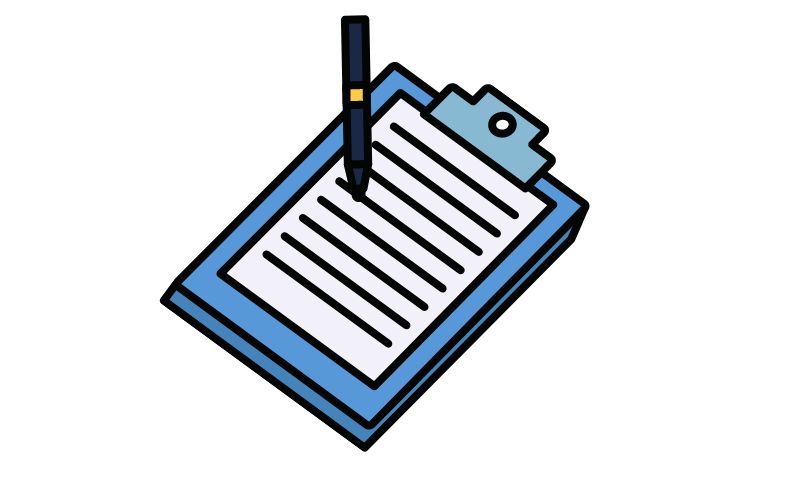A safety plan is a personal plan that anyone can make in advance and then refer to during times of distress – it contains ideas about how they’ll manage their thoughts, what they’ll do, and the types of support they may need.
Following a safety plan when you’re distressed can help keep you safe.
A safety plan is recommended for anyone who’s ever had concerns about their mental health or had even passing thoughts of suicide or self-harm.
Making a safety plan is not a substitute for seeking help if a person is at risk of imminent suicidal behaviour. A safety plan should be made in advance as preparation for difficult times or a crisis in the future.
We’ve outlined some pointers below to explain the purpose of a safety plan and how to put one together.
Jump to: Preparing | What does it include? | How can I make one? | After making one
Preparing to make a safety plan
- Make it in advance – a safety plan is like a personal contingency plan; it’s best completed when a person is feeling okay. This might be before things get bad, or after a crisis, so that it’s ready if it’s needed in future.
- Make it personal – a safety plan should be individual and meaningful to each person. It should include the actions and sources of support that work for you.
- Get some help – a safety plan can be developed with the help of a trained professional who can guide you through options that might work for you. But you can complete it by yourself or with a family member or friend if you prefer.
What does a safety plan include?
A safety plan provides the actions that help you to focus on keeping yourself safe when you’re feeling distressed or having thoughts of suicide or self-harm. It can include:
- Getting through right now – these are things to get you through your immediate feelings to be able to use the rest of the plan.
- Making your situation safer – these are things to help you to move away from unsafe places or objects. You could consider the options outlined about keeping safe on this page.
- Things to lift or calm your mood.
- Things to distract you from your thoughts.
- Details of people who can support you – these can include both people for general support (e.g. for a conversation or to distract you) or more specific support (e.g. to talk about your suicidal thoughts).
- A list of specialist organisations you can contact – there is a list of options to choose from available in ‘Sources of support’ below.
- Emergency professional support contacts – these may include emergency services, your GP or a health service crisis line.
How can I make a safety plan?
There are different safety plan templates available. You can access a paper template safety plan here, which you can print, or there’s an online version HERE. A phone app version is available via the StayAlive app.
The video below can support you in completing a safety plan. There’s more guidance about safety planning on the Staying Safe website, and you can ask us if you’d like help with completing a safety plan.
After you’ve made a safety plan
- Keep it close – keep it somewhere close by so that it’s available whenever you might need it. For example, you could keep an electronic copy or a photo of it on your phone.
- Let people know – if you’ve included particular people in your safety plan, it can be useful to tell them so they know how they can support you.
- Share the plan – if you feel comfortable, share the plan with family, close friends or any professionals you’re working with so they can help guide you through it if you’re having a difficult time.



